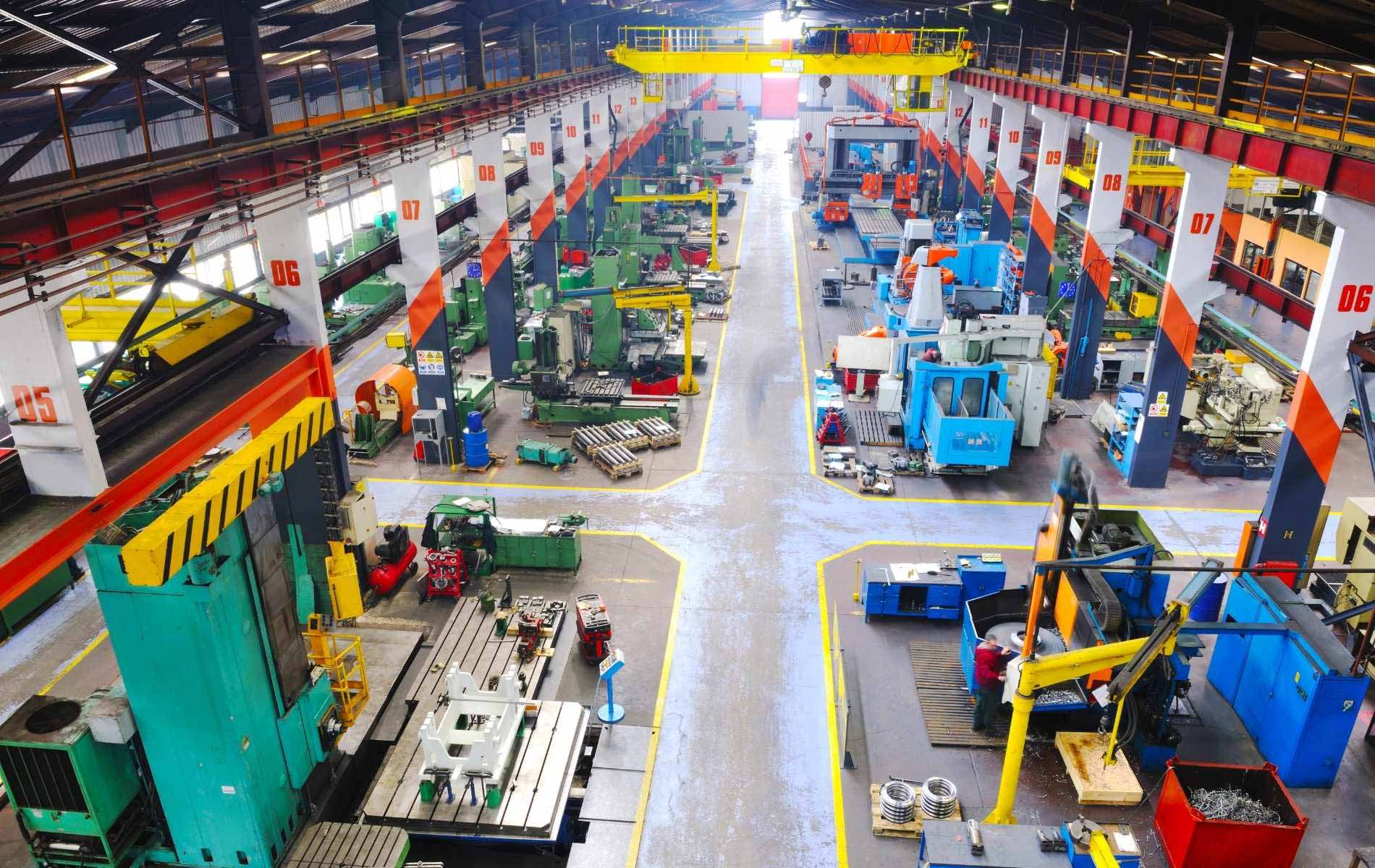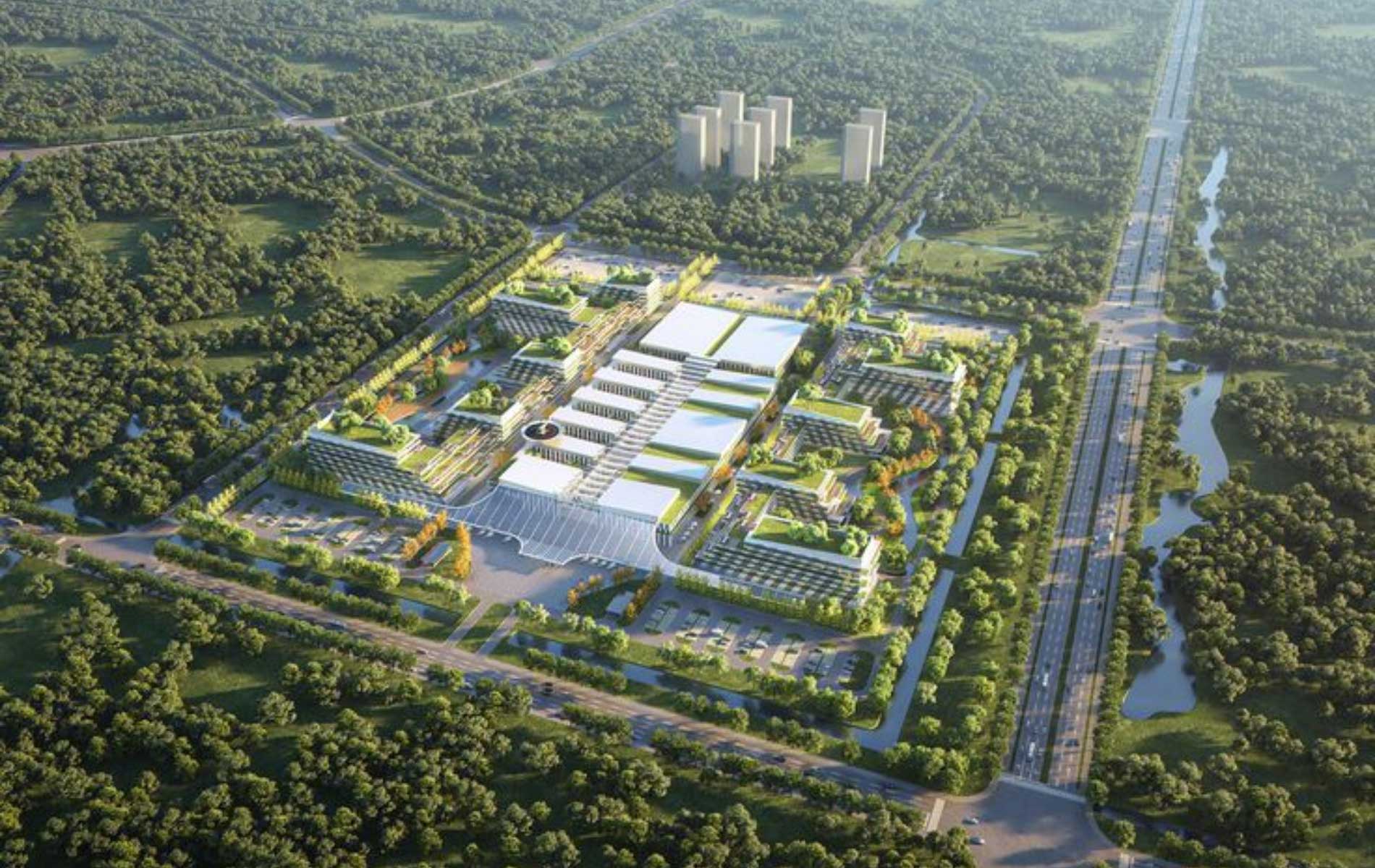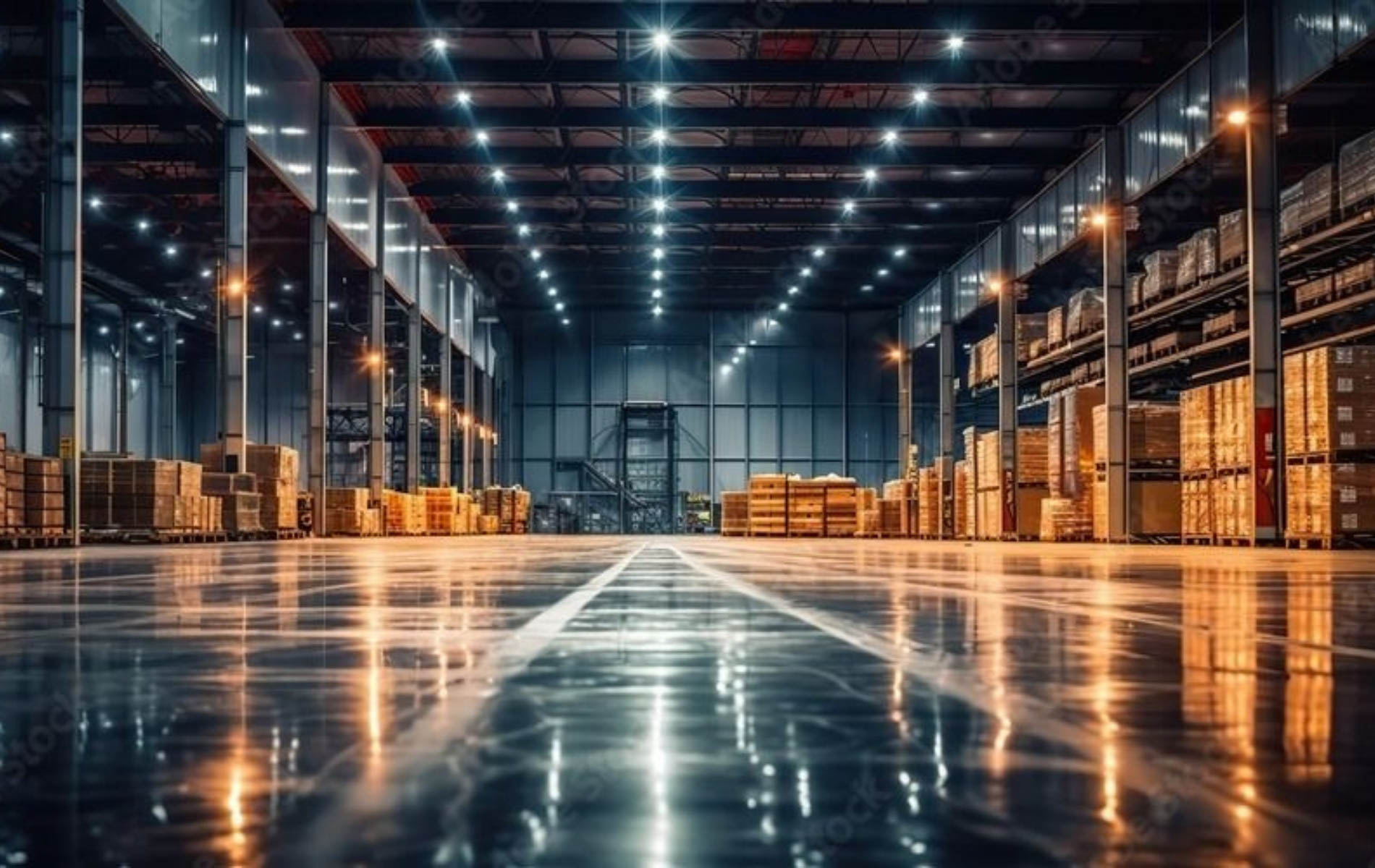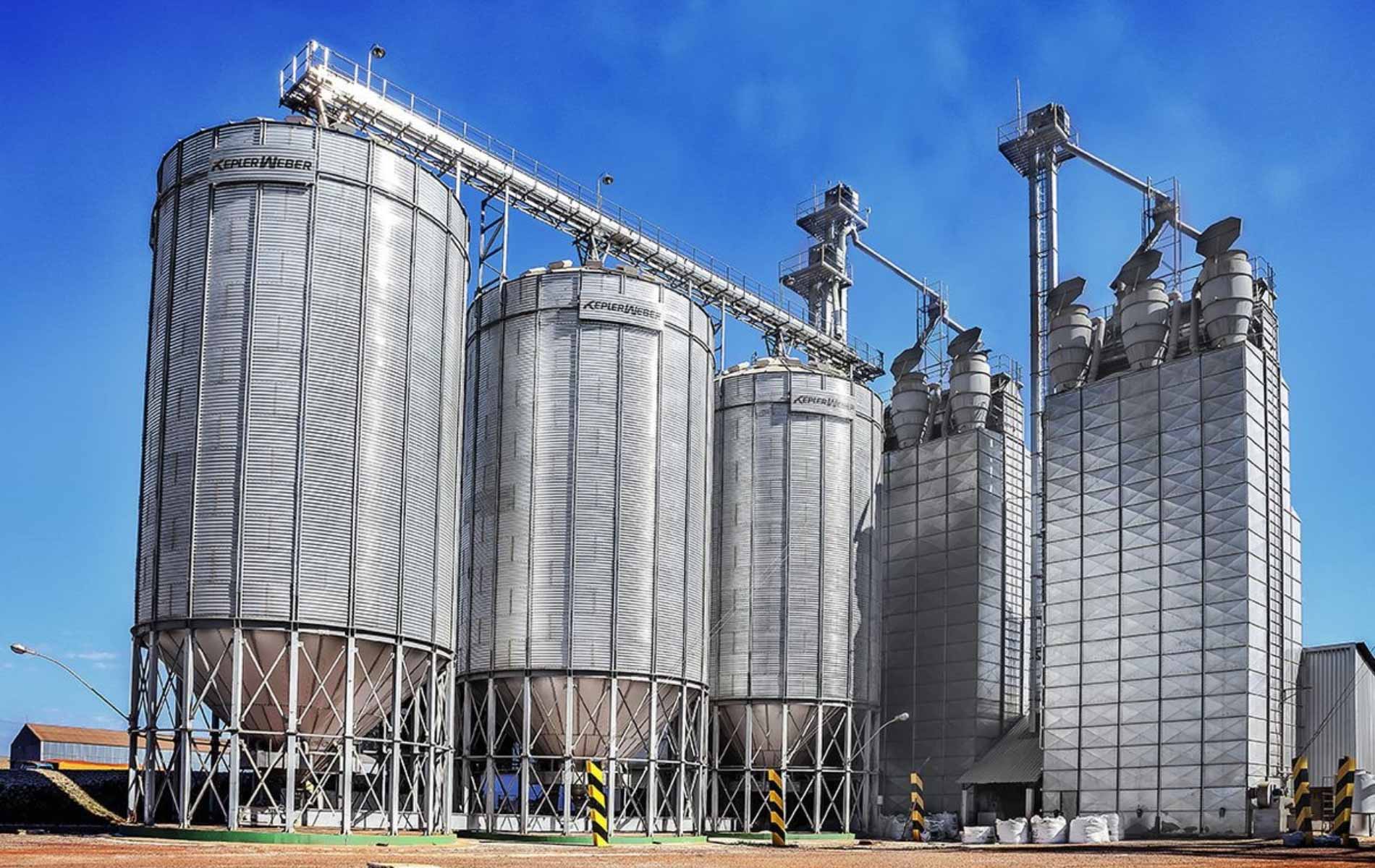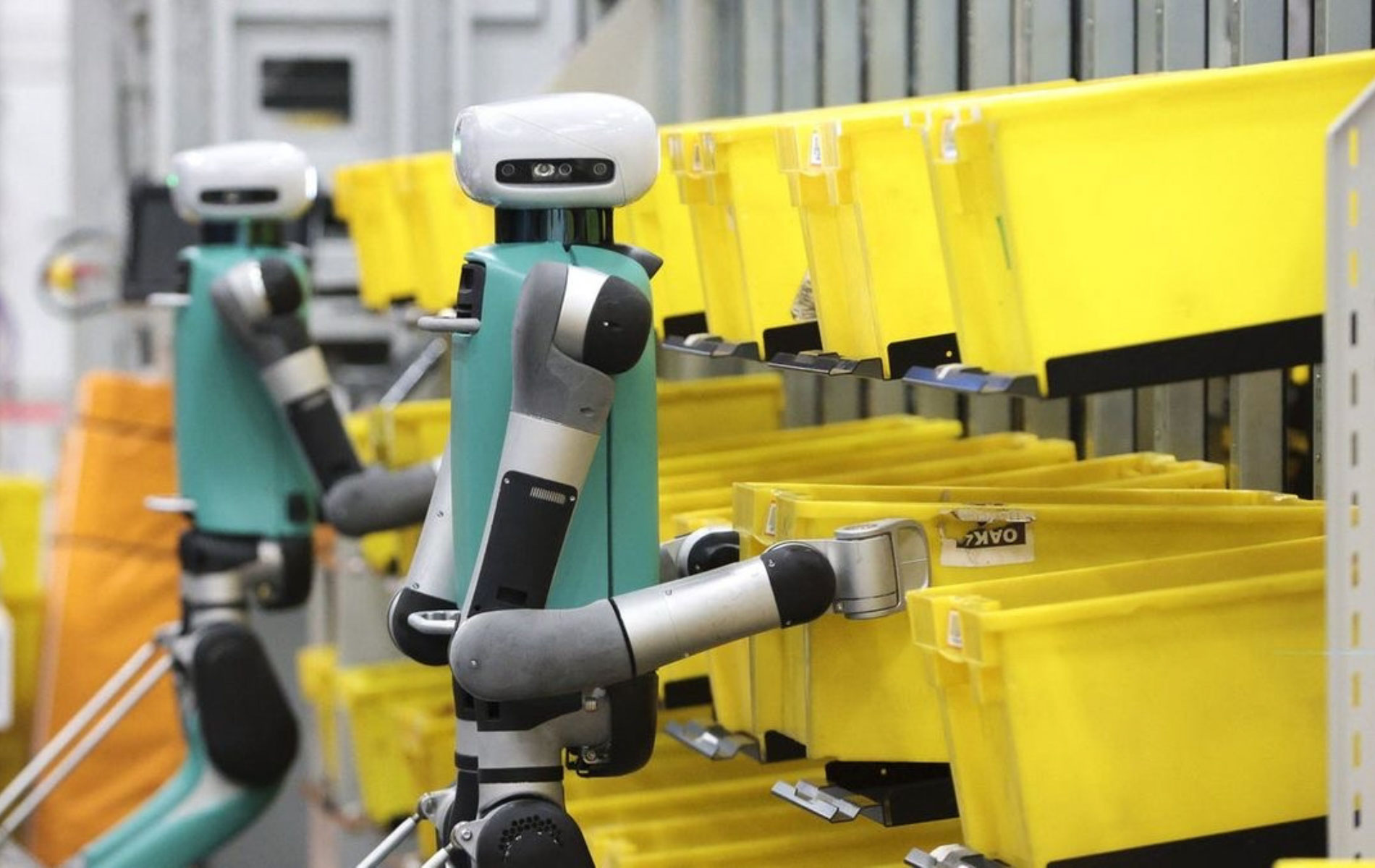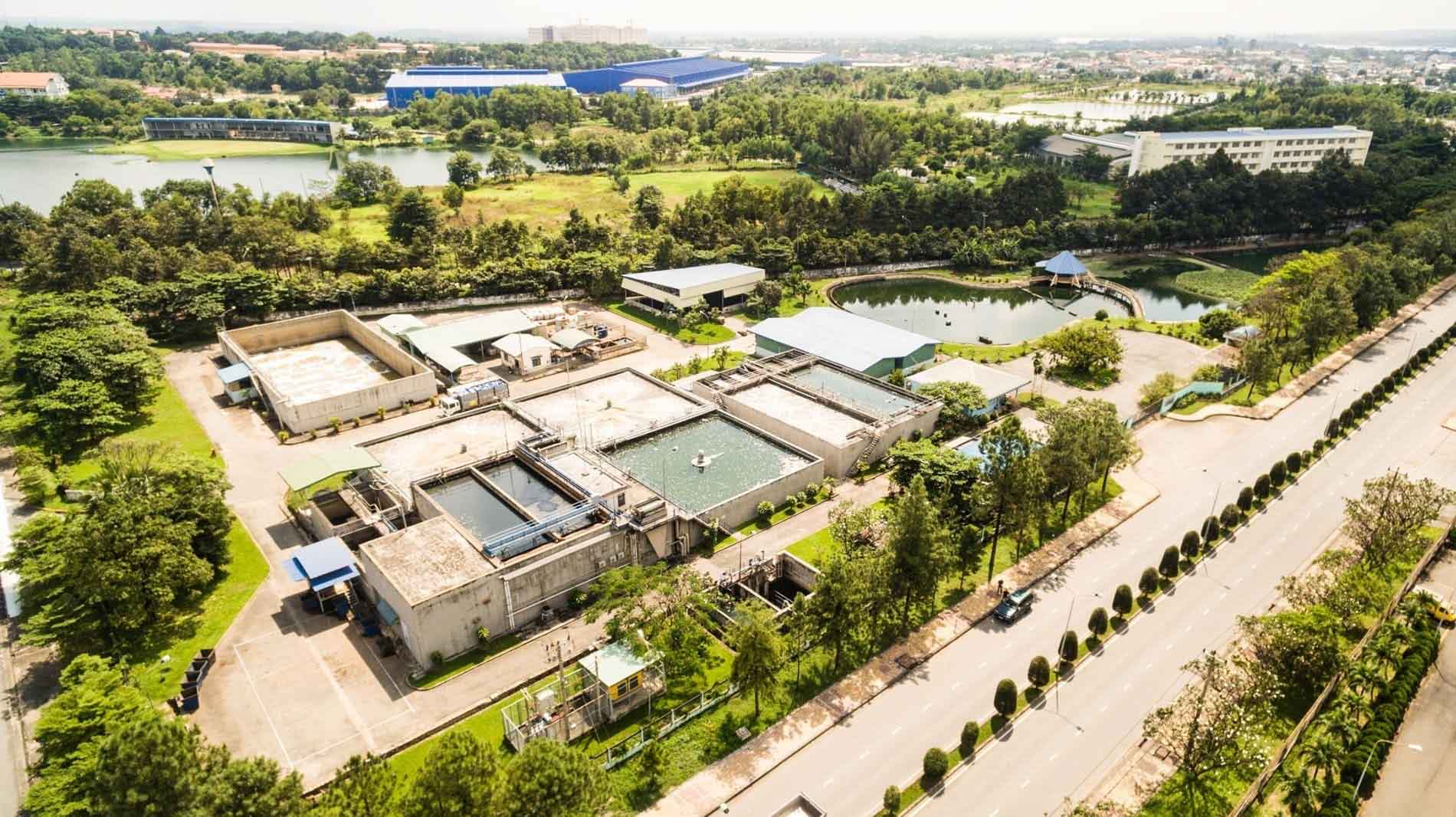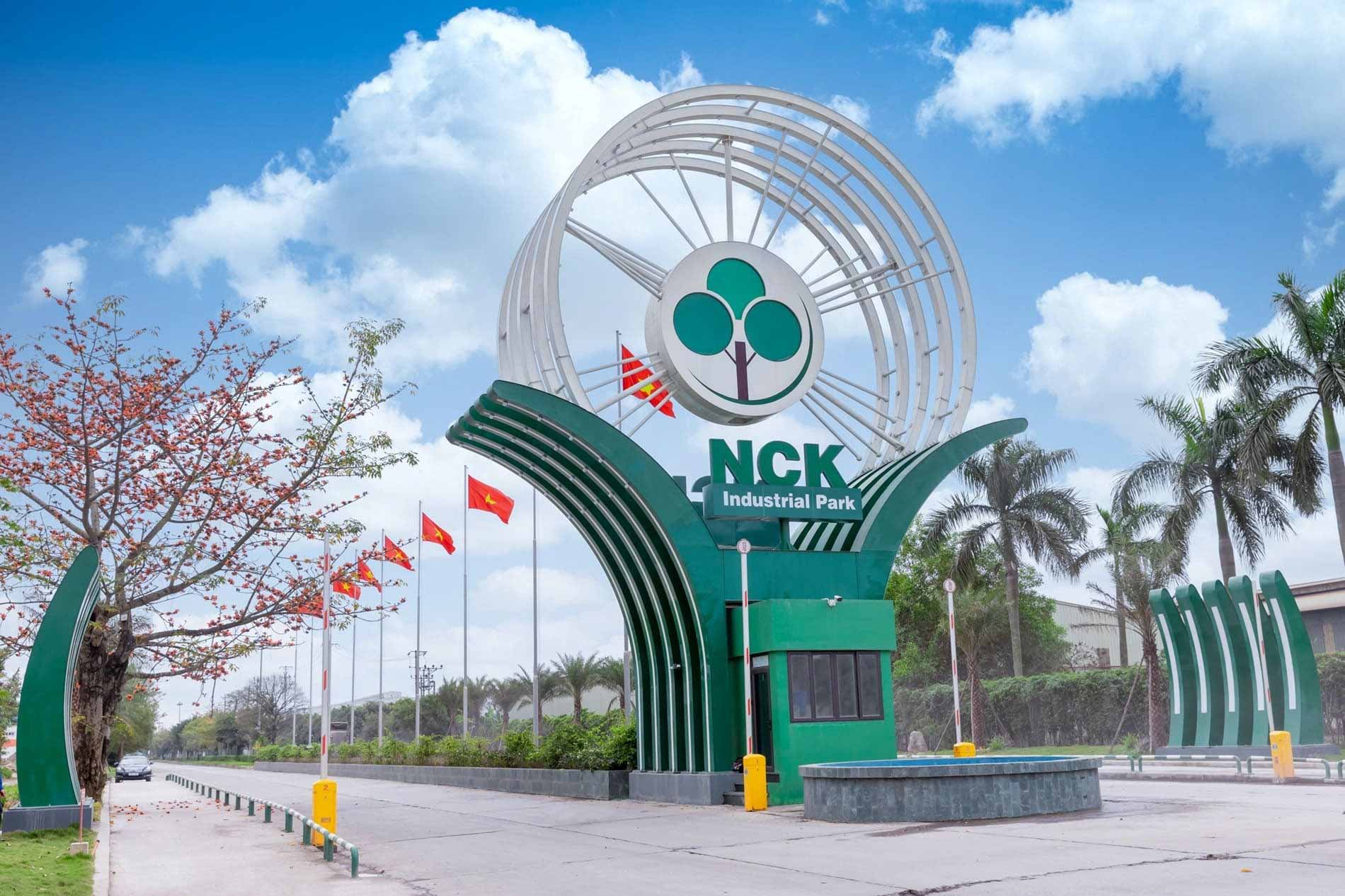Renting an industrial facility is not simply about choosing an empty plot. Every detail represents a strategic decision that can directly impact a company’s operating costs, scalability, and growth trajectory. In this article, KTG Industrial shares valuable, real-world insights to help businesses make more confident and informed choices when selecting a manufacturing facility.
Overview of Vietnam’s industrial facility leasing market
Criteria for evaluating and selecting the right industrial facility
Drawing from practical leasing experience, businesses should consider more than just rental costs. First and foremost, the facility should be located in an area with convenient transportation infrastructure, ideally near seaports or logistics hubs to facilitate efficient distribution and supply chain operations.
The facility’s size must align with the company’s current production scale and allow for future expansion. In addition, the internal layout and equipment should be compatible with the specific operational requirements of the tenant’s industry.
Equally important are value-added services such as maintenance, repairs, legal support, and administrative assistance. These services help businesses save time, reduce operational costs, and maintain focus on core manufacturing and commercial activities.
Emerging trends in industrial facility leasing
The industrial leasing sector in Vietnam is experiencing a clear shift toward the adoption of smart technology in facility management. Many landlords now offer integrated digital platforms that optimize space monitoring, payment tracking, and maintenance scheduling.
Green standards in facility design and operations are also gaining traction. The use of energy-efficient materials, water reuse systems, and emission-reduction solutions not only contributes to environmental protection but also enhances the long-term value of tenants’ sustainability strategies.
Pre-Lease checklist for industrial facilities
Legal and documentation review
Before signing a lease agreement, businesses should conduct a thorough legal due diligence to ensure compliance and minimize risks during tenancy. Critical documents to verify include land use rights certificates, construction permits, and the legal status of the lessor.
Moreover, it’s essential to carefully examine contract clauses related to facility alterations, repair permissions, and industrial park regulations. A comprehensive legal review provides operational peace of mind and helps avoid unexpected legal or procedural complications in the future.
On-site condition assessment of the facility
In addition to legal document verification, conducting a physical inspection of the facility is crucial. Businesses are strongly advised to organize a site visit to thoroughly assess the structural integrity, infrastructure systems, equipment, and available amenities.
Where possible, basic technical checks, such as for electrical systems, water supply and drainage, and ventilation should be carried out to ensure operational stability. Poor facility conditions can lead to significant production challenges, delays, and increased operating costs.
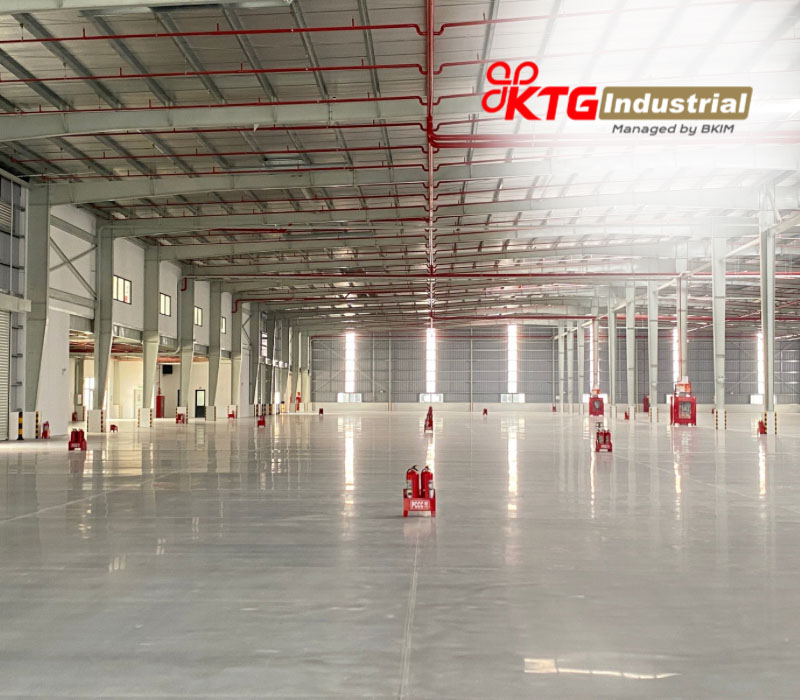
Choosing a facility that meets quality standards is key to ensuring uninterrupted business operations
Understanding lease terms and legal obligations
Carefully reviewing and fully understanding the lease agreement is a critical step before signing. Particular attention should be paid to clauses related to lease duration, obligations of both parties, termination conditions, and any additional fees.
If any terms are unclear or seem unfavorable, the tenant should proactively negotiate with the landlord to revise them. A transparent and detailed lease agreement not only safeguards the tenant’s interests but also fosters a smooth and legally sound leasing process.
How to find industrial facilities for lease in industrial parks
Search via reputable industrial real estate websites
The process of leasing industrial facilities has become significantly more convenient thanks to specialized online platforms dedicated to industrial real estate. These websites typically provide essential details such as location, usable area, rental costs, and accompanying utilities.
To make the most informed decision, businesses should invest time in comparing multiple listings and reviewing feedback from previous tenants. This helps ensure the selected landlord is both reliable and aligned with your operational goals.
Connect directly with leasing companies
Beyond online research, proactively reaching out to leasing companies provides a more comprehensive and realistic perspective. These direct discussions often reveal insights not available on websites and may give access to exclusive promotional programs or financial incentives.
During these conversations, be prepared with specific questions regarding lease terms, pricing, and the commitments offered by the lessor.

A reputable provider will always be transparent and willing to provide detailed responses
Leverage business communities and industry networks
Many business groups, industry forums, and professional communities on social platforms are valuable sources of practical leasing experience. These networks offer a space where you can ask questions, read reviews, and learn from detailed case studies shared by experienced tenants.
Sourcing insights from peer communities not only increases reliability but also enhances your decision-making process. In many cases, a well-timed recommendation can lead to leasing opportunities with favorable terms that are not publicly listed on mainstream platforms.
Criteria for evaluating industrial facility quality in industrial parks
Assessing facility infrastructure
Pay close attention to surrounding space and future expansion potential. A well-designed facility that enables efficient operations and smooth cargo handling significantly enhances business performance.
Key features such as fire safety systems, security, and emergency exits must be carefully inspected to ensure compliance with regulations and operational safety. A comprehensive evaluation covering both infrastructure and associated utilities will help you select a facility that aligns with your long-term production needs.
Reviewing surrounding utilities and services
According to the experience of many manufacturers, the availability of nearby utilities and support services plays a critical role in improving operational efficiency. Locations close to major transportation routes with easy access to seaports, ICDs, or airports can streamline supply chains and reduce logistics costs.
Additional on-site advantages such as nearby fuel stations, industrial supply stores, and machine maintenance services are also worth considering.
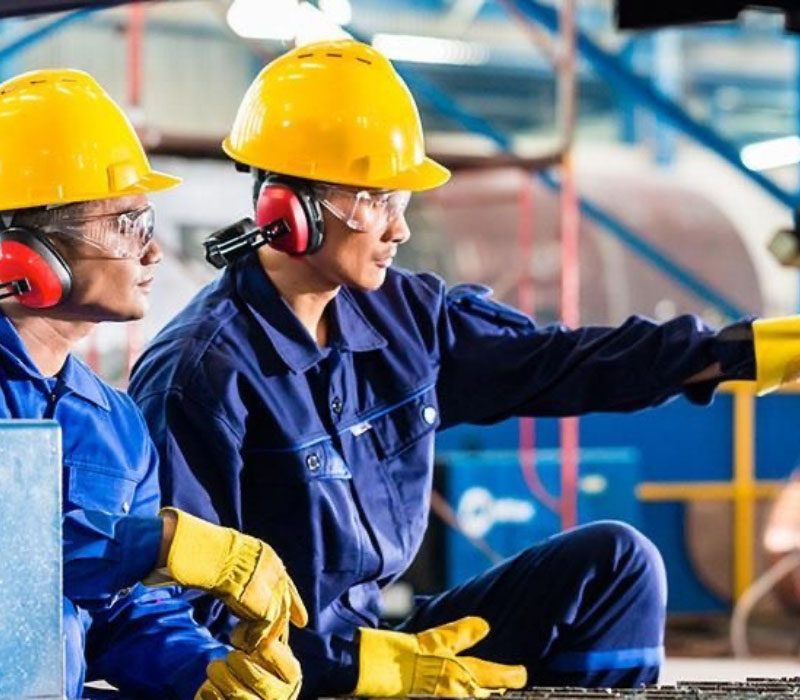
A well-supported working environment fosters stable and sustainable business operations
Consulting previous tenant reviews
Feedback from past tenants is an invaluable source of insight. These reviews offer a realistic perspective on service quality and day-to-day operations—information that marketing materials often overlook.
By carefully analyzing this feedback, businesses can identify potential risks and make more informed decisions, ensuring the selected facility is the best match for their production requirements.
Cost optimization solutions when leasing industrial facilities in industrial parks
Choose the right timing to optimize rental costs
Selecting the right time to lease can help businesses capitalize on incentives and reduce initial financial burdens. During the off-season, the industrial property market often offers more room for negotiation, allowing tenants to secure better rental conditions.
Staying updated on promotional programs ensures you don’t miss out on favorable deals. This is one of the most important cost-optimization strategies for industrial facility leasing.
Plan the rental area based on actual needs
Accurately determining the required space based on real operational needs is essential for optimizing rental costs. Leasing more space than needed not only increases expenses but also leads to inefficient resource usage and management difficulties.
At the same time, it is advisable to plan for future expansion needs to avoid frequent relocations, which can disrupt operations and incur additional costs.
Control and reduce long-term operating expenses
Effective control over long-term operating costs is vital for maintaining financial efficiency. Businesses should monitor expenditures such as utilities, maintenance, and support services to identify and eliminate unnecessary spending.
Implementing energy-efficient equipment, streamlining production processes, and promoting energy awareness among employees are practical measures. Coordinating cost reduction with operational efficiency strengthens long-term competitiveness and supports sustainable business growth.
KTG Industrial – A trusted partner in industrial warehouse and factory leasing
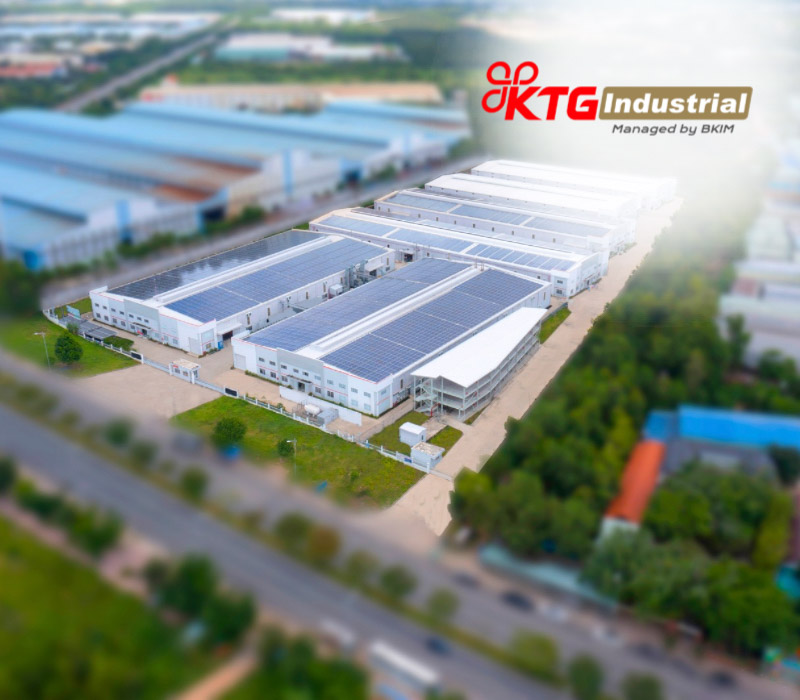
KTG Industrial Nhon Trach 3A
KTG Industrial offers a diverse portfolio of ready-built warehouses, factories, and build-to-suit solutions tailored to meet the specific scale and production requirements of businesses.
More than just providing physical space, KTG Industrial is committed to sustainable development aligned with ESG standards. Facilities are designed according to FEED specifications and feature integrated rooftop solar systems that help reduce energy consumption and carbon emissions.
The site layout is optimized for easy access and internal mobility, featuring floor loading capacity up to 2 tons per square meter, 10-meter ceiling height, a full fire protection system, integrated office space, and stable power supply.
Notably, KTG Industrial also offers comprehensive support for clients—from legal procedures and technical assistance to coordination with local authorities.
Thanks to its partnerships with leading domestic and international corporations, KTG Industrial delivers modern, intelligent, and sustainable warehouse and factory solutions for businesses operating in Vietnam.
Conclusion
Leasing industrial facilities within a business park is not simply about securing production space, it lays the groundwork for long-term operational efficiency and business growth.
By applying the practical insights shared in this guide, ranging from legal due diligence and on-site assessments to optimal timing and space planning, your business can effectively minimize risks and optimize costs.
Proactive research, diversified consultation, and strategic planning are the keys to ensuring your enterprise thrives on a sustainable development path.

